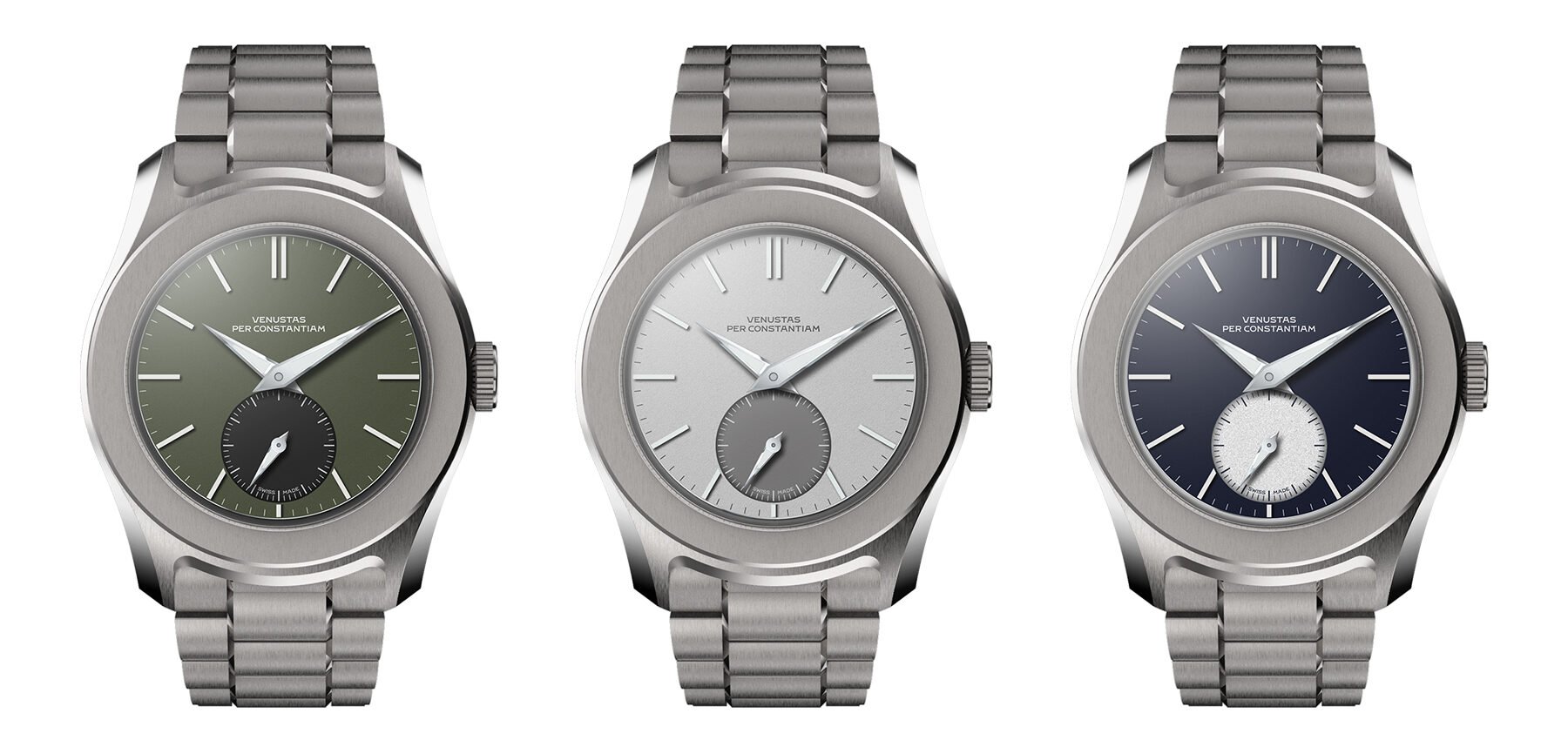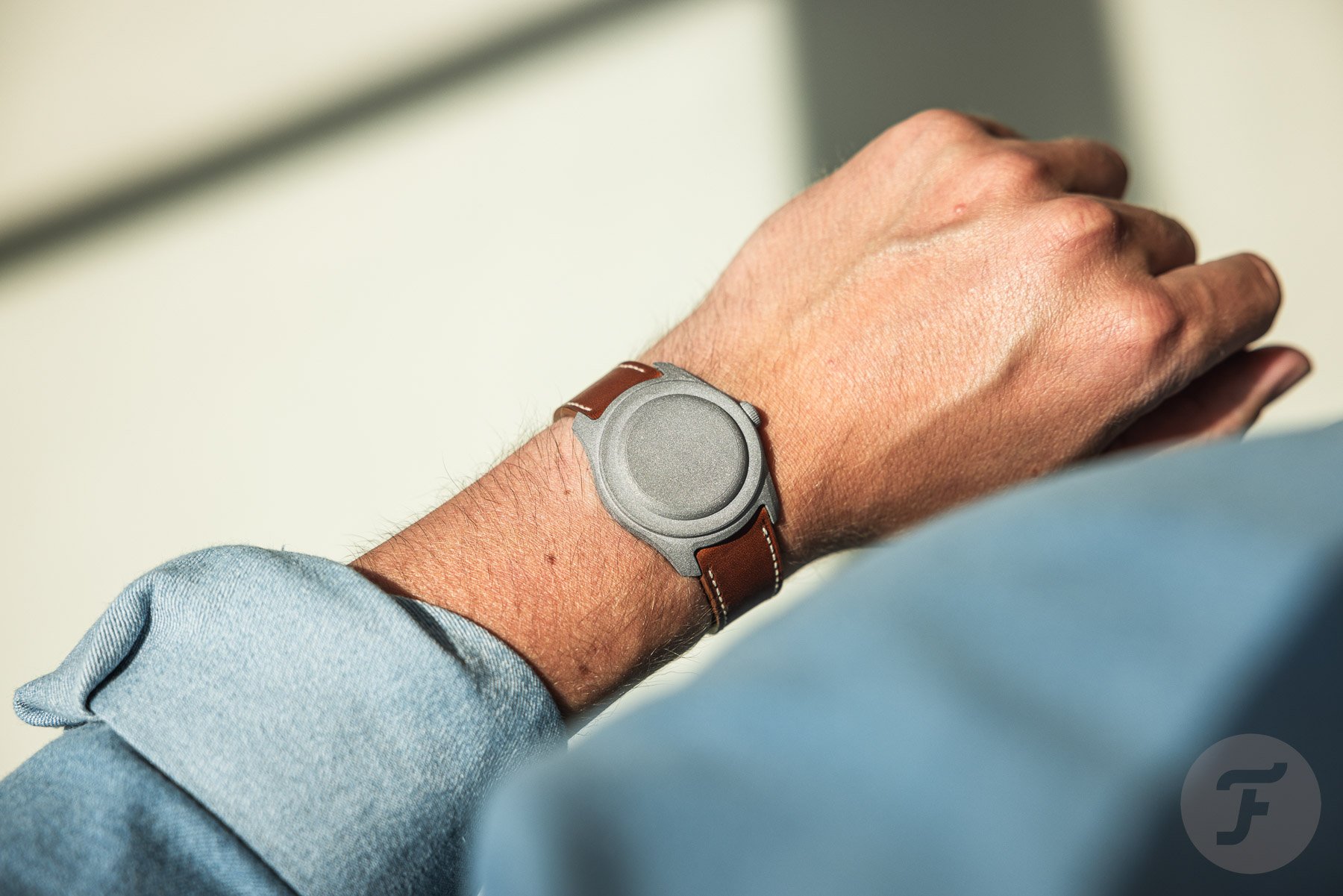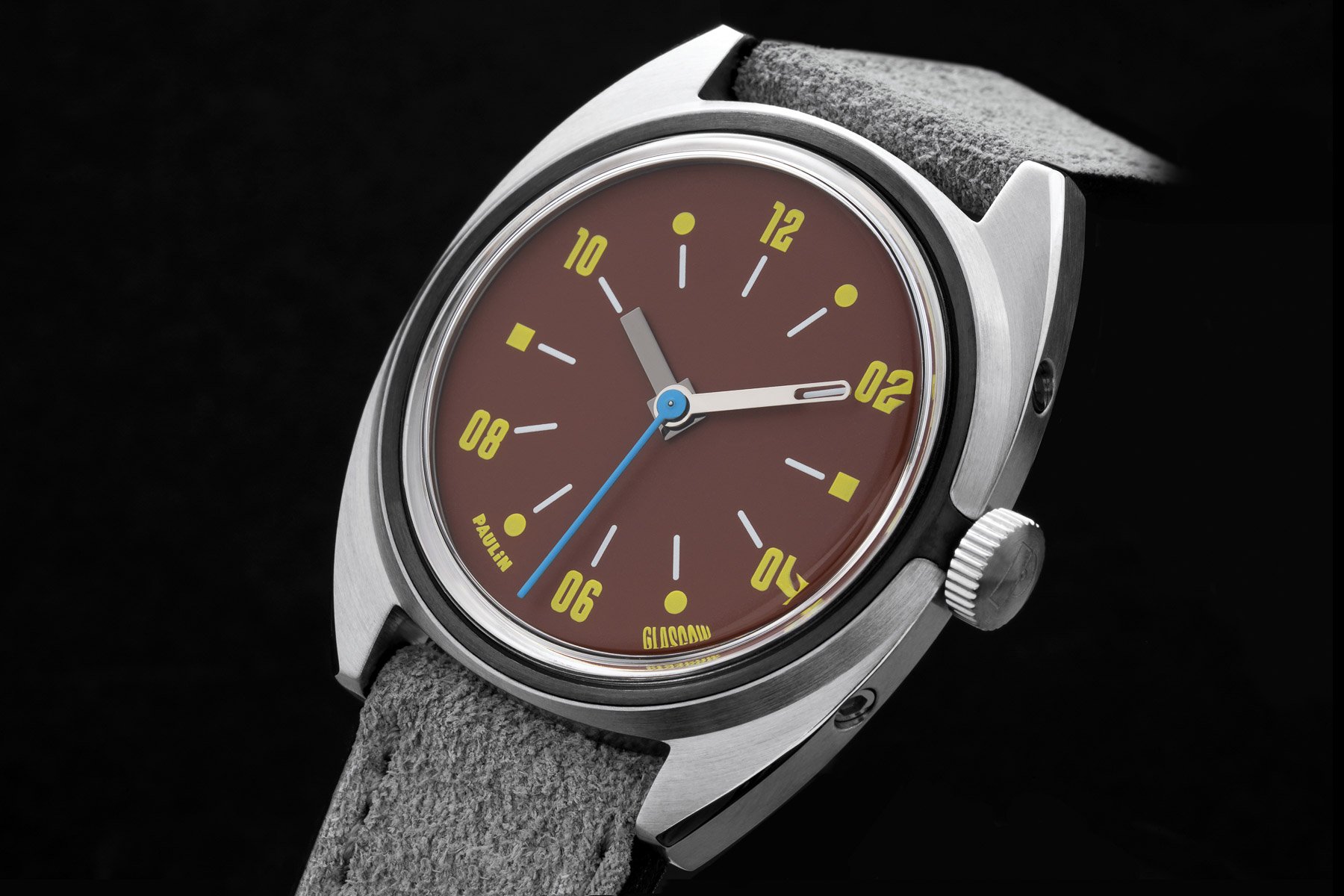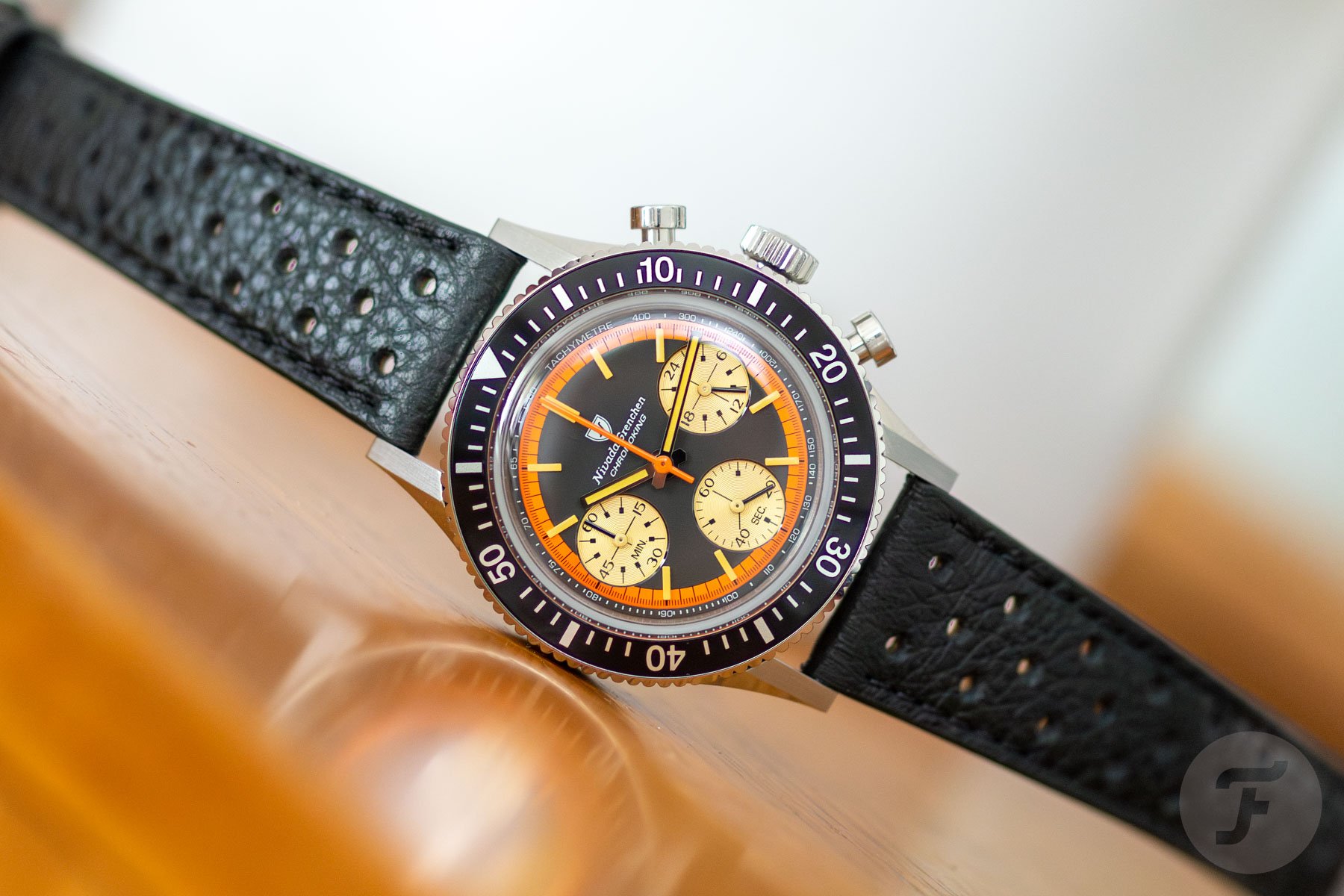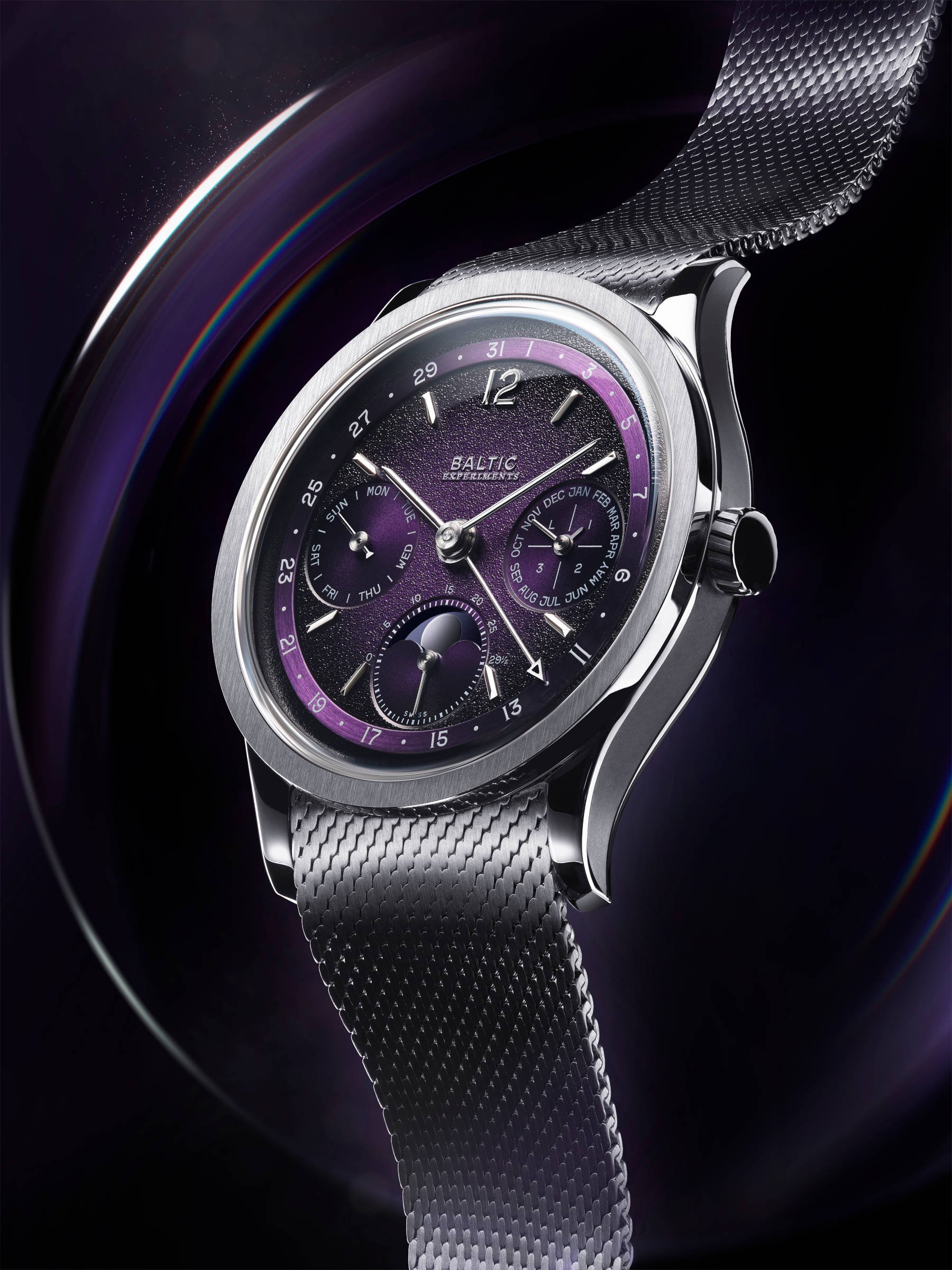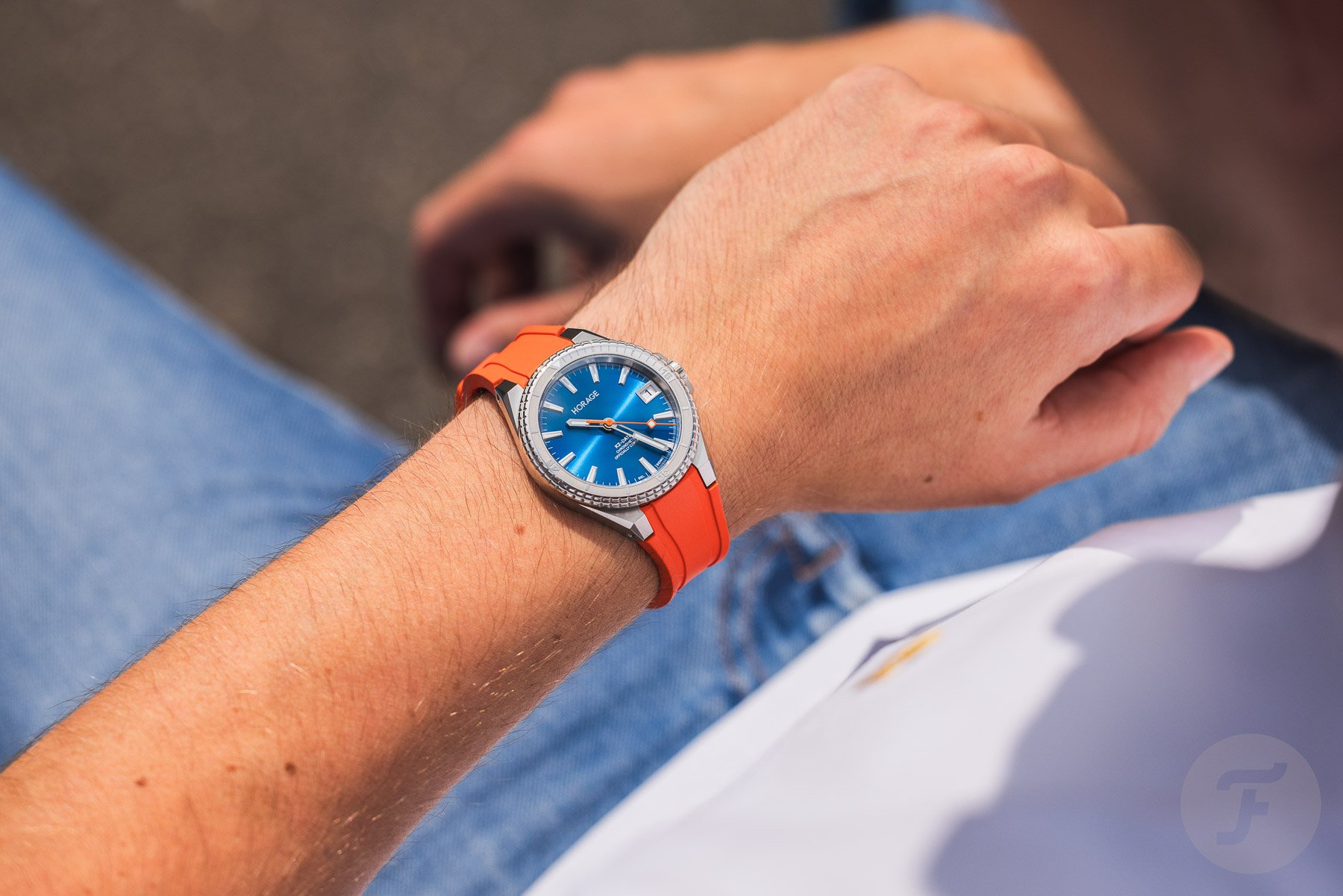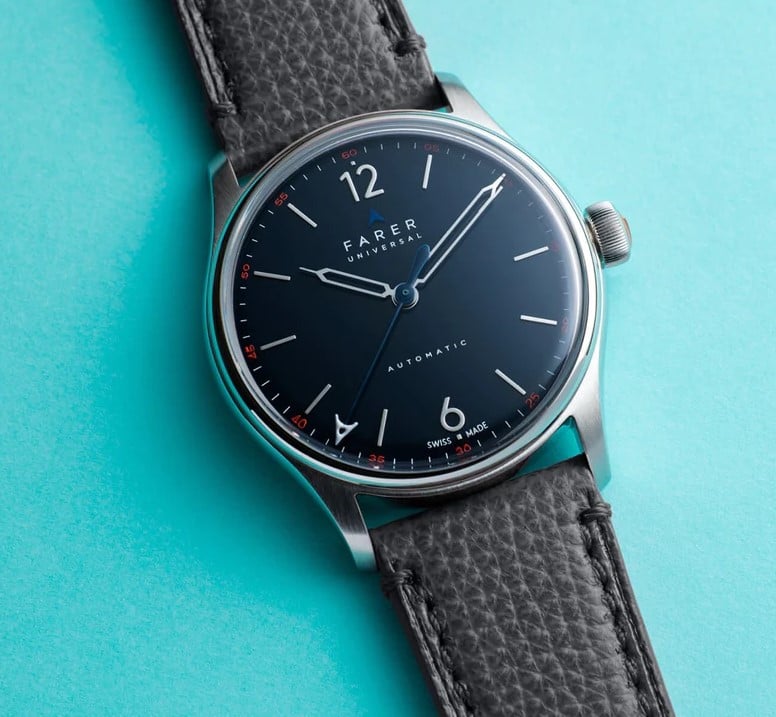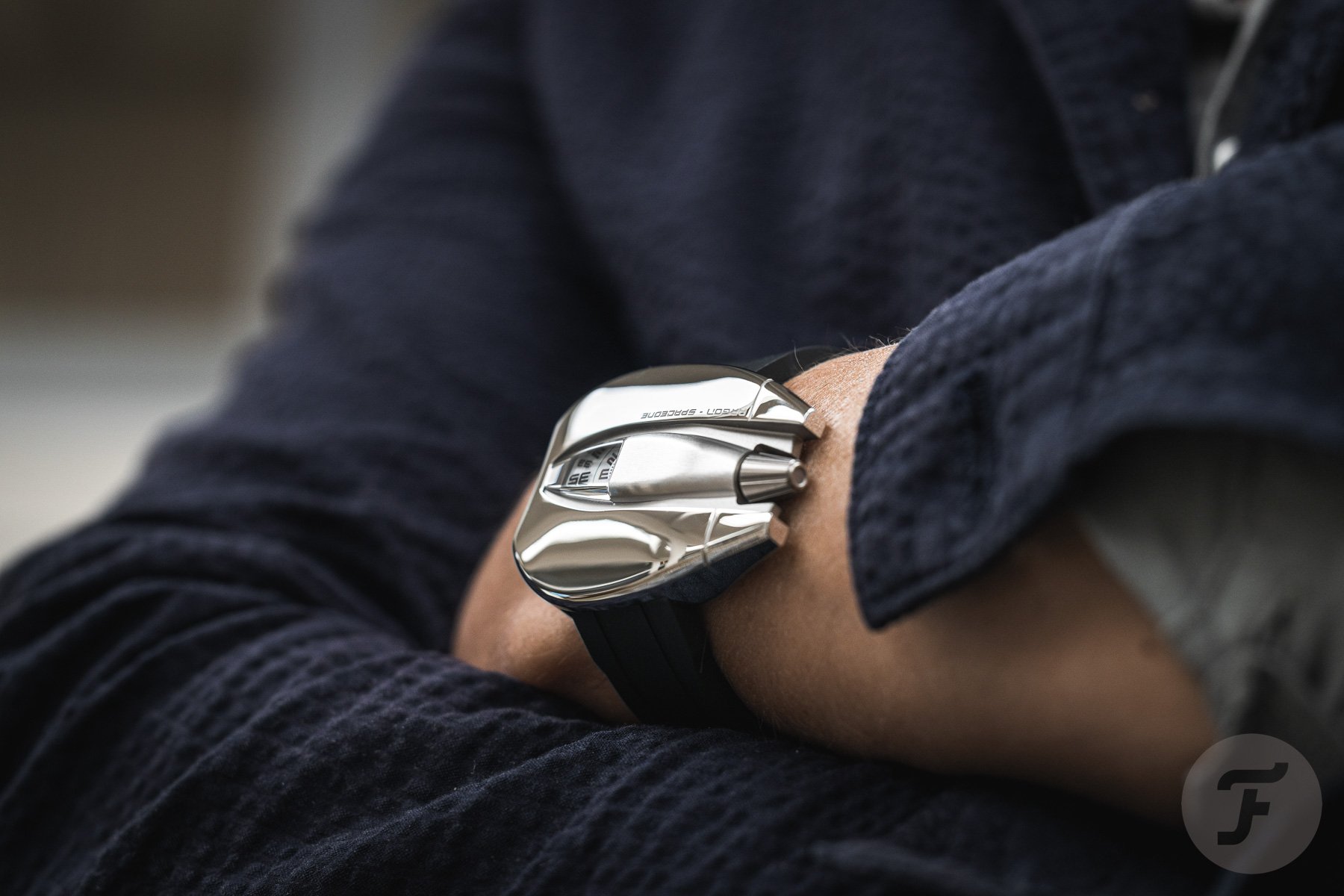Watch Industry Talk: Will We See More Microbrand Groups In The Future?
Most watch brands nowadays are part of a conglomerate. Luxury groups such as LVMH, Swatch Group, and Richemont own many of the traditional watch brands. But what about microbrand groups? Chasing economies of scale is equally beneficial for small brands. Huddling together can provide much greater striking power. So will we see more microbrand groups emerge in the future?
AnOrdain recently acquired Paulin in a bold move to form something of a microbrand group. Let’s have a closer look at current microbrand groups and why we may or may not see more of them in the near future.
Why microbrand groups make sense
As I am currently starting a watch brand of my own, VPC, I experience first-hand how size matters. What few people realize is that, as a microbrand, you are competing with big brands for parts. Mainstream brands rely on many suppliers for premade components. This goes far beyond ébauche calibers. Cases, bracelets, clasps/buckles, dials, crystals, and hands are all often externally sourced, and the brands manufacturing all of these parts in-house are few and far between. If, like me, you want to source parts for your budding brand, you are competing for production slots with absolutely massive buyers. You cannot go to some specific microbrand manufacturer. You are working with precisely the same suppliers as mainstream brands.
I have literally been told, “I won’t make 200 of these complicated cases for you. I would rather stamp out 10,000 of these much simpler cases for brand X.” You can hardly blame such manufacturers. I’d serve my A-list clients over some random guy with a dream too. MOQs (minimum order quantities) are some of the biggest challenges in my project. Without them, I could have slowly grown my brand from zero to hero. Now, if I don’t sell at least 300 watches during the first presale window, I am dead on arrival.
And we aren’t even looking at advanced customization options and pricing yet. If, like my VPC, your watch consists of nearly all unique parts, the challenge is even bigger. You will get bigger MOQs and serious tooling costs upfront. You will have to spread those over relatively tiny batches of watches at the start, making the process extremely costly. In short: if you can find a way to work at a larger scale, you will. In that respect, microbrand groups make a ton of sense.
Current microbrand groups
At the time of writing, there are already some microbrand groups in existence beyond anOrdain’s, though it may be a matter of semantics. Interestingly, the groups that spring to mind are mostly revival brands. They will most likely not refer to themselves as “microbrands,” a topic that Vincent raised here. To me, the fact that they are relatively young companies run by one or a few entrepreneurs and produce relatively small numbers of watches is what matters for this article. I don’t see the term “microbrand” as derogatory in any way, just to be clear.
CDMLEC, under the ownership of Tom van Wijlick, springs to mind. He simultaneously rebuilds heritage brands Airain and Lebois & Co. That is equal parts challenging, as it divides attention, and smart, in terms of scale. Tom can pursue several launches simultaneously, making him more attractive to manufacturing partners. It also boosts cash flow, creating momentum for the business.
The same can be said for Guillaume Laidet. Heritage brands Nivada Grenchen, Vulcain, and Excelsior Park as well as new startup SpaceOne make for an impressive portfolio. Rick Marei is another great example. He owns Synchron, Aquadive, Tropic, and ISOfrane, and he also manages Aquastar. It surely gives them much greater striking power than any of these brands would have on their own.
Microbrands are getting commercially more attractive
I have said it before, but the microbrand space is maturing rapidly. Quality is improving, and collectors and aficionados are becoming more and more accepting of microbrands. Not too long ago, a microbrand watch had to be ridiculous value first and foremost. Only if it ticked every single spec box at a laughably low price on Kickstarter did it stand a chance.
Today, we see more creativity, originality, and a wider spread over different segments. It is no longer unthinkable to start a microbrand at the €5K price level or higher. As long as you have something special to offer, there is possibly a niche market for it now. It is precisely this continuing emancipation of small watch brands that made me feel comfortable entering the realm myself.
Leaving the race to the bottom of ever more features at half the price of a mainstream watch’s regular movement service means there is greater commercial viability now. It is extremely hard to conquer a spot, but once you do, you can run a healthy business. Think of Baltic or Farer, for example, which have both managed to grow into relatively large players. On the scale at which they are now operating, they may want to look into acquiring microbrands that are one or two steps behind them to further increase their reach.
Will we see more microbrand groups?
Acquisition of microbrands is one way to go. Building watch brands in series is another. If you build a cohesive, concise brand, you are targeting a specific niche. You may, after some time, want a broader creative outlet by targeting several niches under different flags. The truly creative horological entrepreneur could build multiple playgrounds for him or herself this way, similar to how Guillaume Laidet is now going for a futuristic style with SpaceOne, contrasting his heritage brands.
The challenge is to minimize the harm caused by divided attention while maximizing the economies of scale. This is probably why it hasn’t been done over and over again so far. But as some of the more successful microbrands grow, I am sure we will see more takeovers like anOrdain’s acquisition of Paulin. I am sure it will further professionalize the microbrand space while simultaneously opening up niches for new startups.
What do you think? Will we see more microbrand groups in the future? And for which brands do you think would make sense to join forces? Let us know in the comments below!

